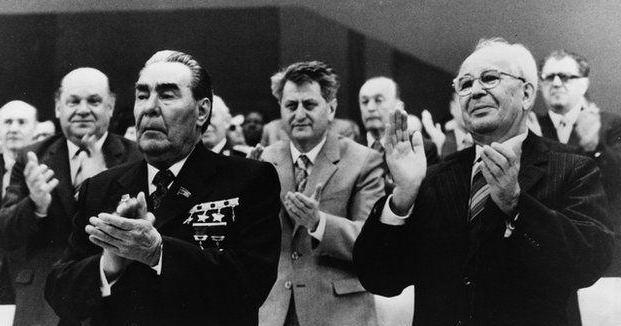De-Stalinization is ... The process of de-Stalinization
De-Stalinization is a process of eliminationideological and political system that was created during the reign of JV Stalin, including the personality cult of the great leader. This term has been used in Western literature since the 1960s. In today's article, we'll look at the process of de-Stalinization (as Khrushchev thought and conducted it), as well as its consequences. In conclusion, we will discuss a new round of this policy in Ukraine and in Russia.

Beginning of de-Stalinization
Discussion around this issue does not fade until nowpores. Some people believe that the debunking of Stalin's personality needs to be continued, others call such a policy Khrushchev's mistake. It all started in 1953. The tyrant leader died, and with it the old system. The sharp and determined Nikita Khrushchev quickly came to power. He had no education, but this was completely compensated by an amazing political instinct. He began with the lowest positions in the party and easily anticipated new trends. In 1956, at the 20th Congress of the CPSU, it was decided to debunk the blind worship of Stalin's personality. According to the historian M. Gefter, resistance to the regime existed even before the death of the Leader. Belief in Stalin's clairvoyance was undermined by severe defeats during World War II. At first, the personality cult was associated with Beria. But gradually the official de-Stalinization of society began.
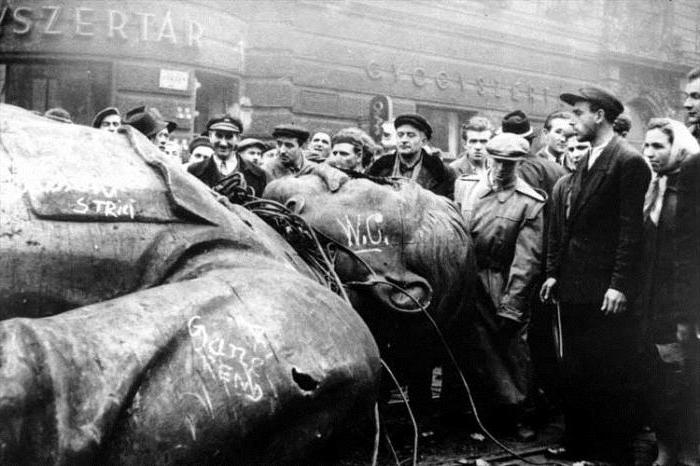
Khrushchev's "Secret Report"
The XX Congress of the CPSU gathered 1436 delegates. He was convened eight months before the due date because of the urgent need to revise the course after Stalin's death. And ended with the so-called "secret report" of Khrushchev. The main attention in it was given to the information received by Pospelov's commission on repression. According to Khrushchev, 70% of candidates to the Central Committee, elected at the XVII Congress, were shot. However, Nikita Sergeevich insisted that de-Stalinization is not the abolition of the foundations of a socialist society, but the liquidation of a harmful cult of personality. Industrialization, collectivization and tough struggle with opposition forces were recognized as indispensable milestones for the development of the USSR as a strong state. Stalin personally and his henchmen were accused personally of reprisals. Khrushchev did not recognize that the origins of problems are not hidden in the personality of the leader, but in the system itself.
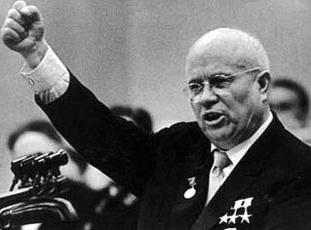
Implications for the country
Khrushchev's "Secret Report" was not published, butonly was read at meetings of party workers with the corresponding comments. Stalin was not recognized as an absolute evil. The period of his rule "did not change the nature" of real socialism. The society is still moving along the right path, that is, to communism. Negative phenomena were declared overcoming thanks to the efforts of the leaders of the CPSU. So the responsibility with the adherents of Stalin was practically removed. They remained at key posts. In general, Khrushchev's "secret report":
- changed the psychology of the Soviet people;
- split the world communist movement;
- became evidence for the West of the weakness of the USSR.
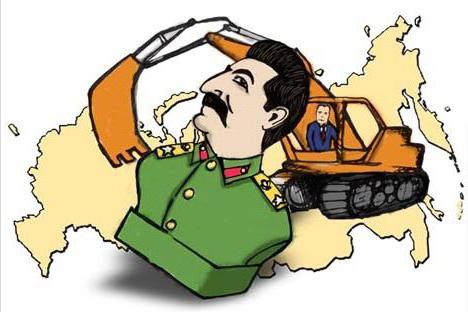
De-Stalinization: the period from 1953 to 1964year
In society, different attitude to the new policy. A sharp opposition between the USSR and the West began. So, let's start from the very beginning. In 1953 Stalin died. Over the next year, his name and image were constantly discussed at the speeches of the party leadership. After the "secret report" began the official policy of de-Stalinization. However, in society there was a whole spectrum of different opinions about the former general secretary. The discrediting of Stalin's personality as a symbol of an entire era gave birth to a whole war of suicides. Many did not understand why Khrushchev began to express his opinion about repression only after the death of the great leader. At the first stage, de-Stalinization is primarily a separation of the management system. More than 10 thousand enterprises were given to the republican jurisdiction. Under the Law of 1957, more than one hundred economic regions with collegiate bodies of administration - the economic councils - were created. A positive aspect of decentralization was a surge of local initiative. Negative - reducing technological progress. The Soviet system has lost the ability to concentrate funds for development. The peak of decentralization occurred in 1961.
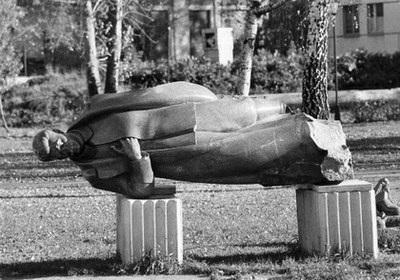
XXII Congress of the CPSU
Late in the evening October 31, 1961 Redthe square was cordoned off. The people were announced that the parade was being rehearsed by November 7. However, in fact, the decision of the 22nd Congress of the Communist Party of the Soviet Union was carried out. And it was necessary to take Stalin out of the Mausoleum. Everyone understood that such an action could lead to unrest. For many, de-Stalinization is just this event. Among the dissatisfied there were many front-line soldiers. Local communities began to unauthorizedly throw down monuments to the great leader. People joked that Khrushchev frees the place in the Mausoleum next to Lenin for himself. In 1961 many cities were renamed.

In Ukraine
De-Stalinization is a policy thatsignificantly affected the situation in the Ukrainian SSR. During this period, the campaign against nationalistic sentiments was stopped, the Russification process slowed down and the role of the Ukrainian factor in all spheres grew. Kirichenko was elected first secretary of the Central Committee of the Communist Party of Ukraine. Leading positions began to occupy indigenous Ukrainians. In 1954, the Crimea was transferred to the Ukrainian SSR. This decision was motivated by territorial proximity and economic community. The problem was the ethnic composition of the population. Ukrainians were only 13.7%. The positive aspect of the process of de-Stalinization was the expansion of the rights of the Union republics. However, in many respects she brought even more disagreements into the society.
</ p>

